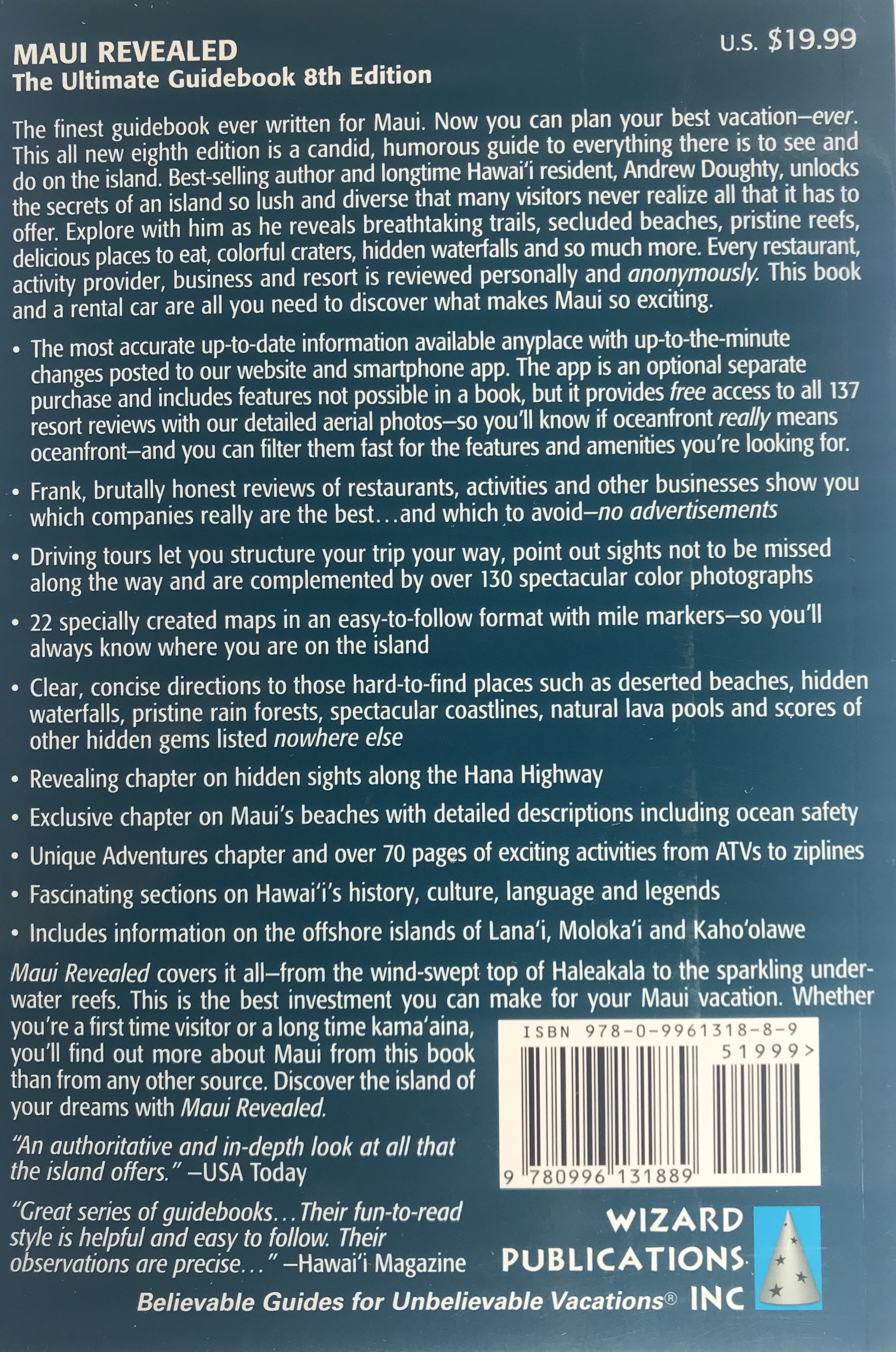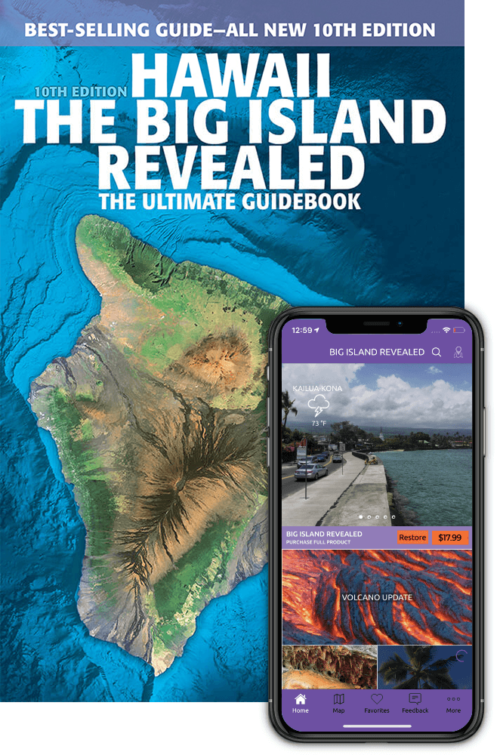
#WHEN WILL 8TH EDITION MAUI REVEALED COME OUT SERIES#
Writing to me in May 1955, four years before her death, of her wish to have me revise her book and bring out a second edition, Miss Beckwith said, “My special interest in writing the mythology was to produce a book which covered what I conceive to be the province of a true mythology―not merely a series of tales, but, with the tales as major illustration or formal expression, to point out the ideas of the relation of man to the world he lives in, geographic, historic, social and political, which result in such expression, and to connect the particular forms of expression developed in Hawaii to those common with his throughout the known Polynesian area. It thoroughly infuses every chapter, but it is up to the reader to extract references to economic life and oral art concerning it and put together a topical chapter on economics for himself. The title does not reflect her comprehensive consideration of the oral art of the Hawaiians and other Polynesians in relation to their Consequently, under the silent weight of testimony, the reader envisages for himself the Pacific being criss-crossed every which way by sailing families who passed on their lore wherever they found listeners.īeckwith, it is soon evident, in naming the book Hawaiian Mythology gave it an overly limited and modest title. However, except to summarize immediately the hypothesis current in 1940 and to make her detailed comparisons throughout the book, she is unconcerned with migration theory as such. The southern Pacific comparison Beckwith offers as “an important link in tracing routes of intercourse during the period of migration of related Polynesian groups” (p.

Secondly, from the vantage point of Hawaiian oral narrative the book directs the reader into similar material from peoples elsewhere in Polynesia who are closely related to the Hawaiians, reminding him of relevant narratives from areas west of Polynesia and occasionally even east of Hawaii. xxxi), and by mythology she meant “the whole range of story-telling” (p.2). “guide to the native mythology of Hawaii” (p. To begin with, it was the first, and is still the only, scholarly work which charts a pathway through the hundreds of books and articles, many of them obscure and scarce, and through the little-known manuscripts that record the orally transmitted myths, legends, traditions, folktales, and romances of the Hawaiian people.

WHY after thirty years, should Beckwith’s Hawaiian Mythology be reprinted? Why, for the last twenty-five years, have scholars and amateurs alike sought for either new or used copies of this book which has become a rarity? Printed by The Maple-Vail Book Manufacturing Group Paper and meet the guidelines for permanence and durability University of Hawaiʻi Press books are printed on acid-free Library of Congress Catalog Card Number 70-97998 Originally published in 1940 by Yale University Press for theįirst printing by University of Hawaiʻi Press 1970 Her book has become a classic work of folklore and ethnology, and the definitive treatment of Hawaiian mythology.Ĭopyright © 1970 by University of Hawaiʻi Press Martha Beckwith was the first scholar to chart a path through the hundreds of books, articles, and little-known manuscripts that recorded the oral narratives of the Hawaiian people. Religion and mythology were interwoven in Hawaiian culture and local legends and genealogies were preserved in song, chant, and narrative. As years passed, the families of gods grew and included the trickster Maui, who snared the sun, and fiery Pele of the volcano.Īncient Hawaiians lived by the animistic philosophy that assigned living souls to animals, trees, stones, stars, and clouds, as well as to humans. The Hawaiian gods were like great chiefs from far lands who visited among the people, entering their daily lives sometimes as humands or animals, sometimes taking residence in a stone or wooden idol. They were life’s fruitfulness and all the generations of mankind, both those who are to come and those already born. Ku and Hina - man and woman - were the great ancestral gods of heaven and earth for the ancient Hawaiians. Kekahi ʻaoʻao a laila e nānā i ke kiʻi kumu no ka ʻōkuene E hoʻohana i kēia kikokikona no ka huli ʻana i Hōʻike ʻia ma ʻaneʻi ka māhele a pau me ka ʻole o ka

Puke | Kope Paʻi Pepa | Huli | Hoʻokaʻaʻike


 0 kommentar(er)
0 kommentar(er)
